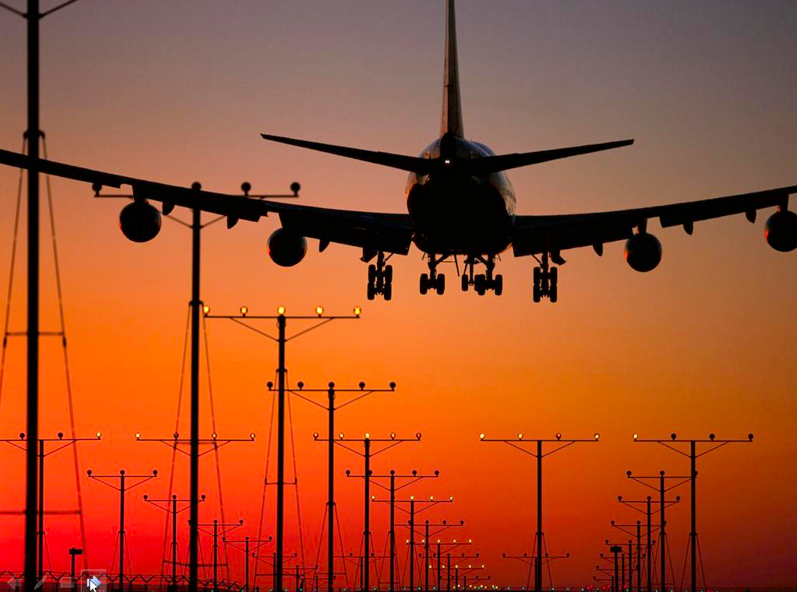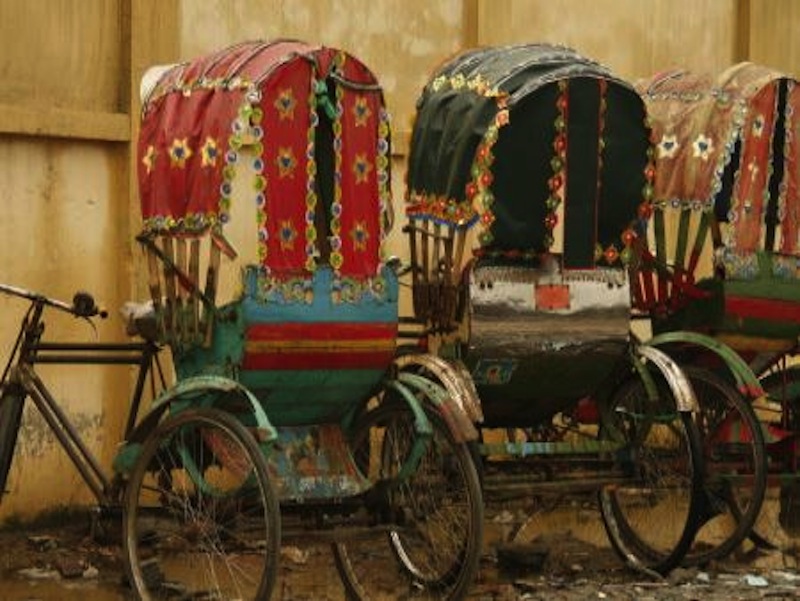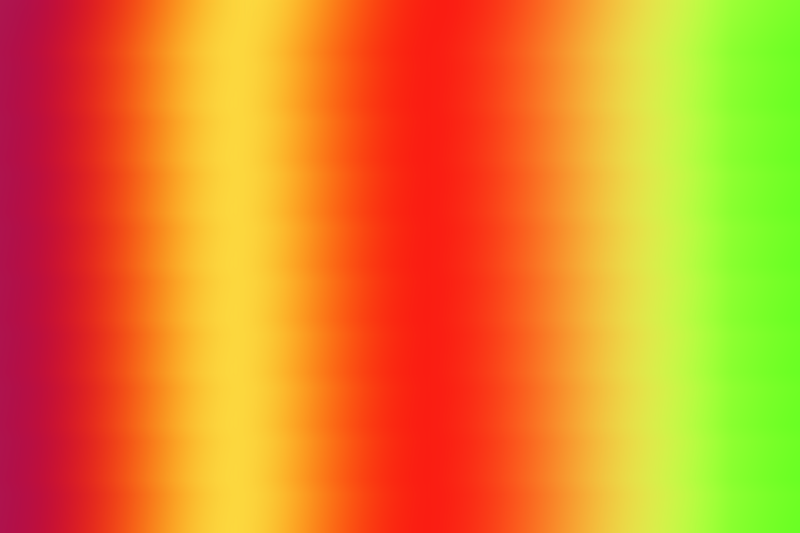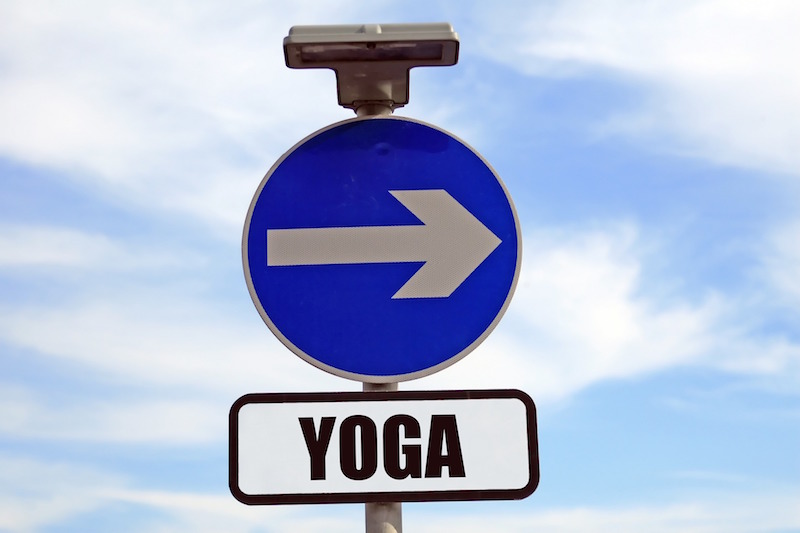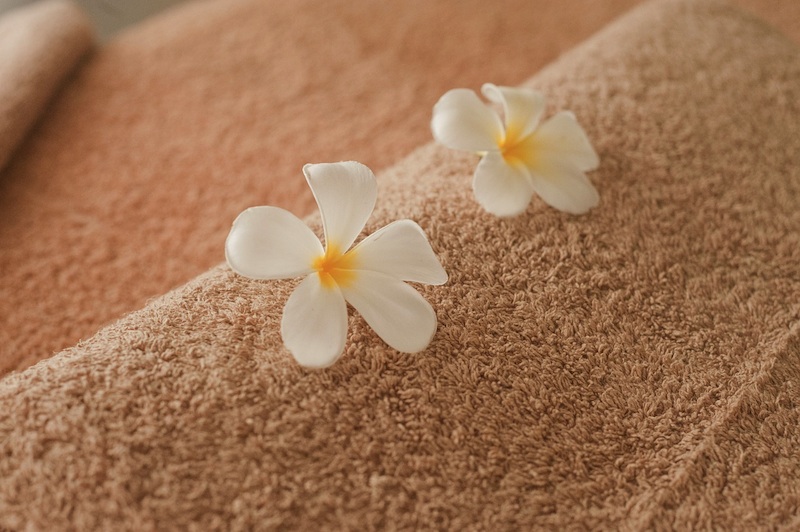
Paul, a Chinese expatriate in Tunisia, sends us this interesting article about Chinese Massage and tells us about a personal experience in his hosting country. Thank you Paul!!!
Introduction to Chinese Massage
Before I dive into the topic of the Chinese massage, I’d like to explain that in the Chinese culture, it’s believed that humans form a natural harmony with heaven earth, thus the human body can be compared to the natural landscape. As an example, you can visualise the veins as river channels and blood is like water in the river. Flood is caused by blockages in the river, after the water has accumulated too much for the river bank to hold. The same thing happens in our body: as long as there is blockage caused by whatever reason, we feel uncomfortable, with neck pain, stiff back etc., that are now very common symptoms for everyone in such a competitive environment of global economy, especially for people who work at computers for a long time maintaining the same posture.
To relieve the pain (blockages), Chinese massage, using the arms, hands, fingers, elbows and knees as tools, is applied to part of the body or the entire body. Chinese massage is said to be able to treat certain diseases and illnesses, and also used to protect health and build up body immunity as a preventive medical measure.
History of Chinese Massage
As you may be aware of, China has a recorded history since 221 B.C. From then on, there are records concerned with traditional Chinese medicine, including the massage (in Chinese, Tui-Na).
More than two thousand years ago, Chinese massage is named An-Mo, which is applied widely in medical means. “An” means press and “Mo” means rub. Since then, it has been used for medical and pleasurable purposes. In 1949, Chinese government officially recognised the medical benefits of the massage and renamed it Tui-Na, where “Tui” means push and “Na” means grasp. Tui-Na was officially incorporated into Traditional Chinese Medicine (TCM) as a medical therapy to be used for problems where acupuncture and herbs were less effective. The term An-Mo is still used today as a term for non medical massage, normally for relaxation purposes.
Thus:
Tui-Na Medical application
An-Mo Relaxation application, which is more common in China
Benefits of massage
1. Relaxation of muscles
Massage generally relaxes the muscles, thus the effect is very concrete. Although in daily life serious damages to muscles hardly occur, they can still be over used, and especially after intensive sports activities, muscles can be stretched or even damaged. Everyone has the experience: muscle pain for a certain period after sports. During sports, muscles could have minor wounds; the restoration of the muscle cells could cause infections, creating minor oedematous which causes the muscle pain. Massage can be used to reduce the oedematous, reduces the muscle pain and prevent the infections from developing further.
2. Improving bone system and joints
Most people think massage has nothing to do with the bones. In fact, bones are connected with muscles. Stiff muscles cause tension and pressure on the bones, which causes stretching of the joints, that in turn makes micro veins stretch, causing blockage in the vein. Relaxing the muscles will in turn relax the bones.
3. Improving heart, blood circulation system and lymphatic system
During exercise, muscles are getting stimulated, requiring more blood to circulate, causing the opening of micro veins and lymphatic circulation, and speeding up ejections of the impurities in the body via different means, such as sweat. Massage causes muscles to be stimulated even more effectively to improve the circulation system.
4. Toning skin appearance
Massage helps to improve the micro veins circulation under the skin, making the skin smooth. Applying proper massage oil can also enrich the skin and improve its texture and colour.
5. Relaxation of nerve system/mind
Gentle massage can relax the nerve system. During massage, muscles are relaxed, body temperature is maintained, no pain or discomfort, so the nerve system/mind is thoroughly relaxed and rested.
Traditional Chinese medicine encourages to tackle the problems from the root, as well as to prevent the disease from happening. All the benefits of massages have medical effects or preventive measure for the Chinese to enjoy.
Massage requires no medical equipment, and is not restricted in different circumstances, such as weather or place. There is hardly any adverse effect during/after massage sessions, that are normally very economical. No wonder why it is a very popular service in China or better, in Chinese people’s life.
Types of massages in China
-Therapeutical massage (Tui-Na)
This service is commonly available in all the hospitals in China for medical purposes.
Patients queue up from 8am every morning and have a huge range of symptoms, from prolapsed discs to frozen shoulder and sciatica, from diarrhoea to high blood pressure, migraines, knee problems, tendonitis, tennis / golf elbow sun strokes, menstrual problems, fatigue or insomnia. Even more symptoms are treated in the infantile Tui-Na clinic within the department. Symptoms such as diarrhoea, constipation, vomiting, enuresis, convulsions, common cold, asthma, fever, whooping cough, chicken pox to name a few. Even infantine short sightedness is treated through Tui-Na massage!
-Non-therapeutical massage (An-Mo)
Full body massage
Partial body massage
Head
Foot
etc
The most commonly adapted massage for general public is the full body massage. Nowadays, Foot massage has gained its popularity, mainly because it reduces daily fatigue.
Frequency of Massage
Depends on the symptoms, it can range from daily to weekly or monthly.
For injuries, e.g. in the muscles, it may require Tui-Na on 2 20-minutes sessions daily basis for a period (in the morning and before going to bed,), ranging from 2 weeks to 3 months depending on the seroiusness of the injury.
For people working in an office, sitting before a computer for a long time, without proper resting in between, back pain or stiff neck is often developed. This requires normally twice a week treatment with An-Mo, either full body or concentrating on the back.
For normally relaxation, foot massage (An-Mo) has gained popularity and can be done to anyone once a week.
Tips and Warnings
Prior to An-Mo:
Avoid An-Mo within 1 hour after meals;
Avoid An-Mo with empty stomach or after having eaten too much;
Avoid An-Mo when you have drunk;
Avoid An-Mo with extreme fatigue
During An-Mo:
Avoid intolerable pressure applied during An-Mo;
Avoid An-Mo without lubricants, such as Massage oil, etc. (During self-massage you can use cooking oil/olive oil as a lubricant)
Avoid An-Mo on injured parts directly, if bleeding/broken skin has occurred;
During self-massage, wear light clothes, rub the skin directly, but avoid it if the skin is very sensitive
After An-Mo:
Drink warm/hot water within 30 minutes after An-Mo;
Don’t use a cold cloth to clean the pressurised part;
Avoid getting cold after An-Mo
An-Mo outside China/Asia
An-Mo, or massage, is a typical Asian health treatment and is widely accepted in almost all the Asian countries.
Culture-wise, direct skin contact is mostly avoided in Europe and most of Muslim countries.
If the demand is low, it’s very hard to find professional masseurs who practice An-Mo properly.
This is a profession and the masseurs need to be properly trained. Massage/An-Mo is a technique, applying pressure in certain acupressure points and rubbing the skin, thus applying the right pressure level and rubbing with a certain strength is very important.
I had 2 massage sessions in the health centre of Golden Tulip in Tunisia, one for relaxation and one for curing my backache. But neither of them was satisfactory.
The first time I had the massage was when I first arrived in Tunis. As my flight was at 6:00am, I had to wake up at 3:00am in the morning and by the time I arrived in Tunis, I was totally exhausted. So I thought I’d like to have a full-body massage to relax. The lady masseur used oil, but the pressure she applied on my back was too gentle, even after I told her that she could can press harder; either she did not understand me or she was not strong enough to apply a firmer pressure. Thus at the end of the session, I felt initially light and felt stress on my back again. The failure of this session is due to the fact that the relaxing massage was carried out with unsufficient pressure for me.
The second time I had a backache after overworking in Tunis. My back was so stiff that I really felt uncomfortable. I specifically asked for a male masseur, thinking the masseur could apply stronger pressure on my back to release my back pain. The masseur was strong enough, but he did not know where to apply the strong pressure even after I instructed him about how to apply pressure in the right place. He was sulking wet after the massage session, but apart from the painful skin, my stiff back problem was not resolved.
My conclusion is that unless I have some friends’ recommendations, I will never try massage again in Tunis.

